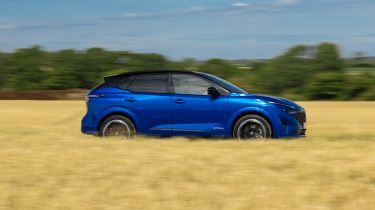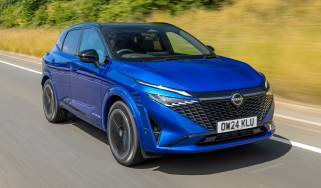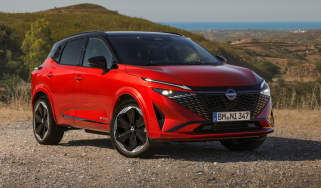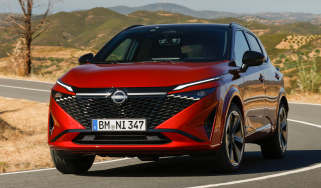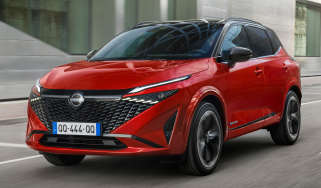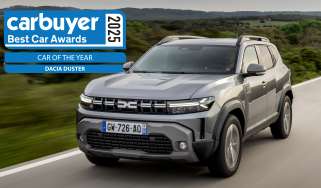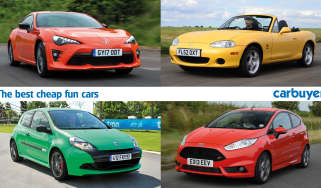Nissan Qashqai review - MPG, running costs & CO2
“The mild-hybrid petrol offers decent fuel economy, but it’s the e-Power hybrid powertrain that’s most innovative”
The Nissan Qashqai’s 1.3-litre petrol engine features clever mild-hybrid electrical assistance, meaning the energy lost while braking is recovered and stored in a small battery. This electric power is used to assist the petrol engine when accelerating, improving fuel efficiency.
There’s also an innovative full-hybrid model called the Nissan Qashqai e-Power. It uses an electric motor that’s similarly powerful as the one fitted in the electric Nissan Leaf, mated to a 1.5-litre petrol engine that’s used to keep the electric motor’s battery charged. The e-Power Qashqai is driven exclusively by the electric motor with the engine in this ‘generator’ role so it feels like an EV to drive with no gears.
|
Model |
Fuel economy |
CO2 emissions |
|
Nissan Qashqai petrol |
40.4-45.6mpg |
141-157g/km |
|
Nissan Qashqai e-Power hybrid |
54.3mpg |
117g/km |
Both 138bhp and 156bhp versions of the 1.3-litre engine offer the same fuel economy figures, starting from around 46mpg if you choose an automatic model, or about 44mpg in the manual version. Four-wheel drive versions of top-spec cars are the least efficient in the range, at just over 40mpg according to official figures.
The e-Power hybrid promises to be more economical – Nissan says it’ll manage up to 54.3mpg with CO2 emissions from 117g/km – but a plug-in hybrid SUV from a different manufacturer will offer even lower running costs if it’s recharged regularly. The Qashqai e-Power isn’t hugely economical despite its clever tech. Full-hybrid powertrains fitted to rival models have similar official fuel economy with the Peugeot 3008 hybrid getting 50mpg and the Toyota CH-R returning over 60mpg.
It’s fitted with a reasonably large 2.1kWh battery (the Toyota C-HR hybrid has a 1.3kWh item), and its 1.5-litre three-cylinder petrol engine is only intended to act as a generator to top up the battery. The idea is that this setup not only makes the Qashqai e-Power feel like an EV to drive, but it also allows the petrol engine to work more efficiently.
How efficient is the Nissan Qashqai in the real world?
The 2024-on updated Qashqai is too new for real-world predictions in the UK, but on a drive on a hilly route in Portugal, saw around 39mpg in the Qashqai e-Power hybrid. That’s not ideal, but low-speed driving and motorways found on normal commutes should be better conditions for higher efficiency.
How much will the Nissan Qashqai cost in tax?
Whichever version you choose, you’ll pay the annual VED (road tax) rate for hybrid cars, which is slightly less per year than normal petrol and diesel cars. Note that top-spec versions cost over £40,000, at which point you’ll be paying around £600 more in VED a year until the car is six years old.
What will the Nissan Qashqai cost to insure?
The Nissan Qashqai sits in insurance groups 21 to 32 out of 50. The 1.3-litre mild-hybrid cars mainly sit in groups 21 to 25 with the e-Power models between groups in groups 30 and 32. Nissan’s Intelligent Mobility safety pack is fitted as standard, which will help to lower the insurance groups.

